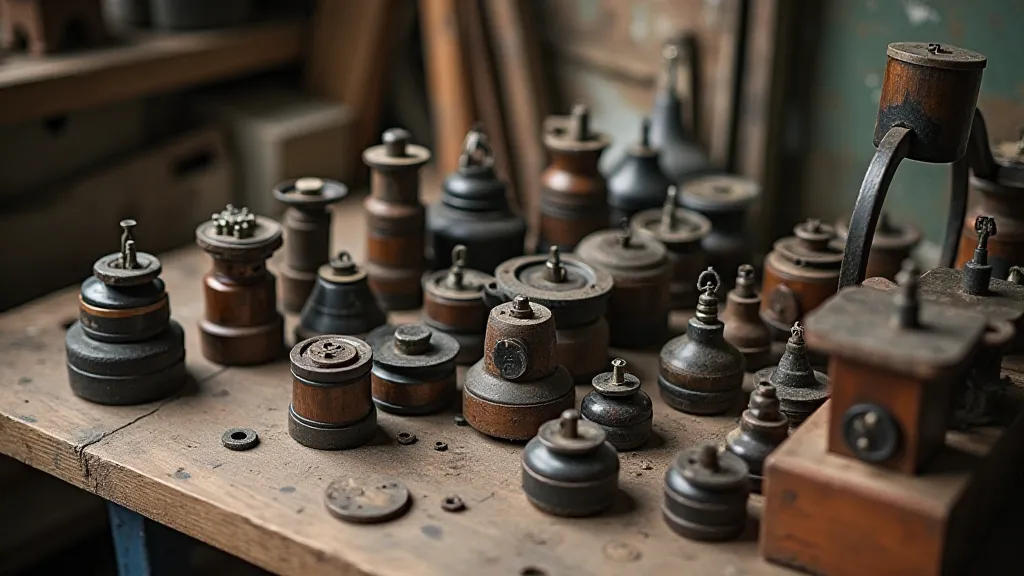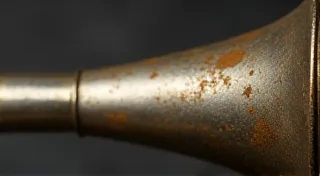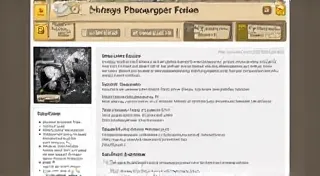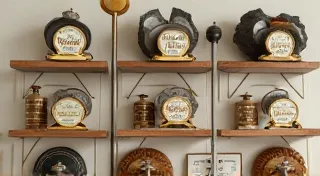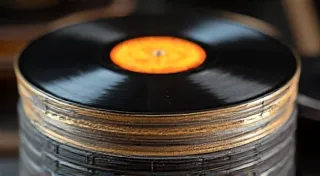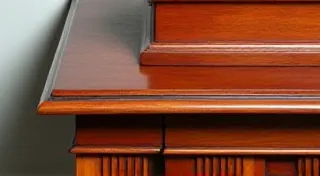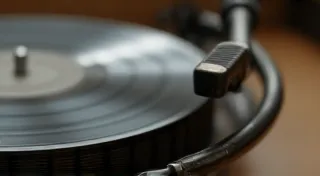Phonograph Motor Repair: Troubleshooting and Overhaul
The heart of any antique phonograph is its motor. A malfunctioning motor can silence the beautiful music trapped within these vintage machines. This guide provides a detailed look at diagnosing and repairing common phonograph motor issues, covering lubrication, cleaning, and component replacement. Whether you're a seasoned restorer or just starting out, understanding the intricacies of motor repair is crucial for bringing your phonograph back to life.
Understanding the Motor – A Quick Overview
Before diving into troubleshooting, it’s essential to grasp the basics. Most antique phonographs utilize synchronous motors, designed to rotate at a precise speed to accurately reproduce music. These motors typically consist of a mainspring (providing power), a governor (regulating speed), a field coil (generating the magnetic field), and a drive mechanism connected to the turntable. Understanding how each component functions is key to pinpointing the problem.
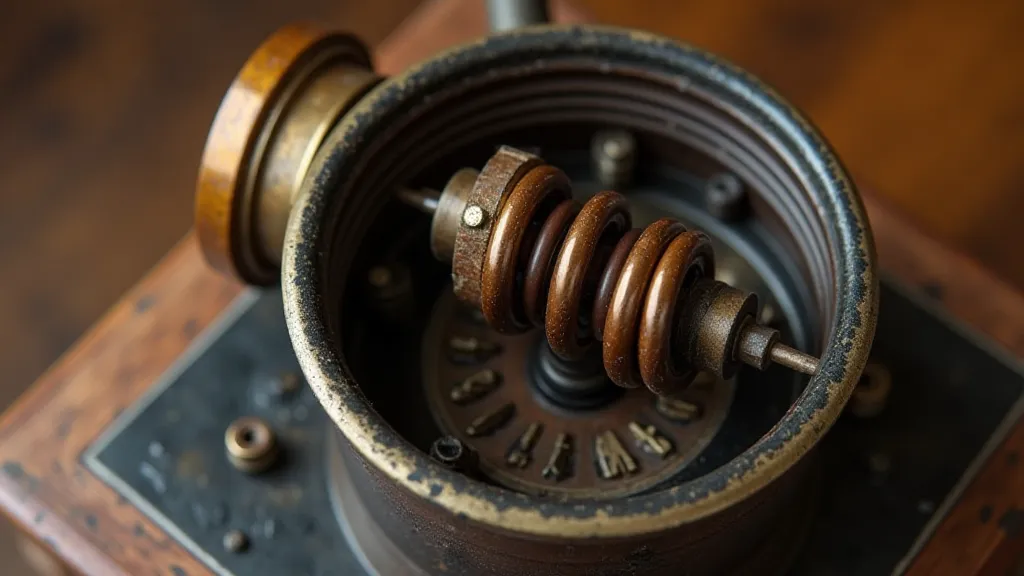
Troubleshooting Common Motor Problems
Here's a breakdown of typical issues and their solutions:
- Motor Runs Slowly or Stops: This is frequently caused by a weak mainspring. Wind the motor fully to see if performance improves. A worn-out governor mechanism can also cause slow speed or stopping. Clean and lubricate the governor weights and levers. A failing field coil can also be the culprit; testing with a multimeter is recommended (more on that later).
- Motor Runs Too Fast: This often indicates a problem with the governor. The governor’s job is to regulate speed by controlling the motor’s speed. Check for any obstructions or damage to the governor weights and linkages.
- Motor Makes Unusual Noises (Grinding, Squealing): Dry or worn-out bearings are often the cause. Careful cleaning and lubrication of the motor's bearings are necessary. Sometimes, a bearing replacement is needed.
- Motor Doesn't Start: A completely unwound mainspring is the first suspect. Also, check for electrical connections and ensure the field coil is intact.
Cleaning and Lubrication – Essential Maintenance
Regular cleaning and lubrication are preventative measures that significantly extend motor life.
- Cleaning: Use a soft brush and solvent (such as naphtha or isopropyl alcohol) to remove years of accumulated dirt and grime. Be gentle, as some components are fragile.
- Lubrication: Use a high-quality phonograph lubricant (clock oil is a good alternative) sparingly. Over-lubrication attracts dust and can create more problems than it solves. Lubricate the bearings, governor pivots, and any points of friction.
Repairing and Replacing Components
More complex repairs may require replacing worn or damaged parts.
- Field Coil Rewinding: A damaged field coil can severely impact motor performance. Rewinding a field coil is a specialized skill and is often best left to professionals.
- Bearing Replacement: Worn bearings can be replaced with new ones, though sourcing appropriate sizes may require some searching.
- Mainspring Replacement: A broken or significantly weakened mainspring must be replaced. Exercise extreme caution when handling mainsprings; they store a significant amount of potential energy.
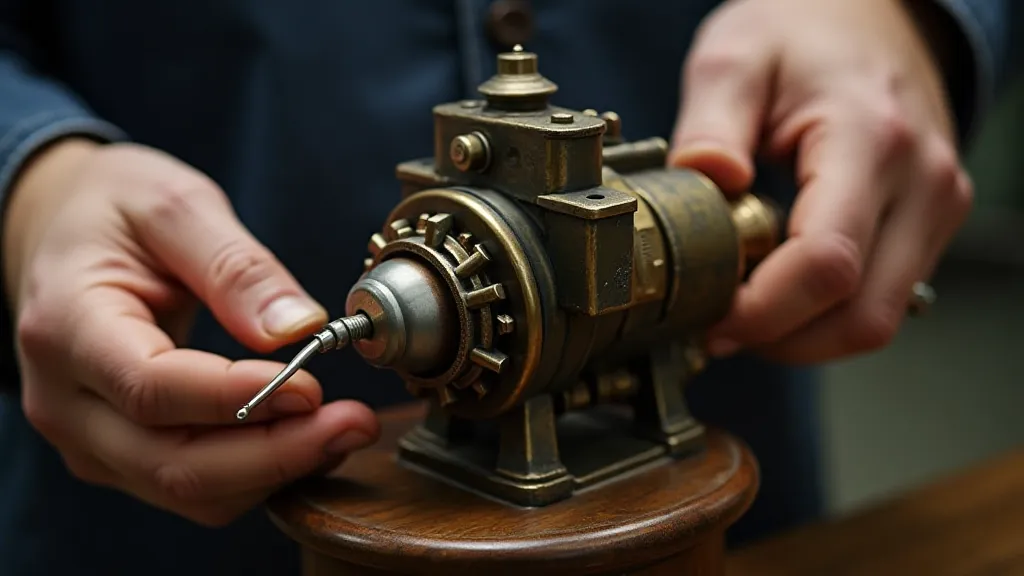
Testing the Field Coil
Testing the field coil can help determine if it's the source of the problem. A multimeter can be used to measure the coil’s resistance. Compare the reading to specifications (often found in original phonograph schematics or repair manuals). A significantly different reading indicates a faulty coil.
Safety First!
WARNING: Antique phonograph motors contain strong mainsprings that can cause serious injury if mishandled. Always exercise extreme caution. Disassemble motors only when necessary and take steps to secure the mainspring before proceeding. If you are uncomfortable with any aspect of this repair, seek professional assistance.
Resources and Further Learning
Numerous resources exist to aid in phonograph motor repair. Original repair manuals, online forums dedicated to antique phonograph restoration, and experienced restorers are invaluable sources of information and assistance. Don's repair pages are an excellent site for information.
